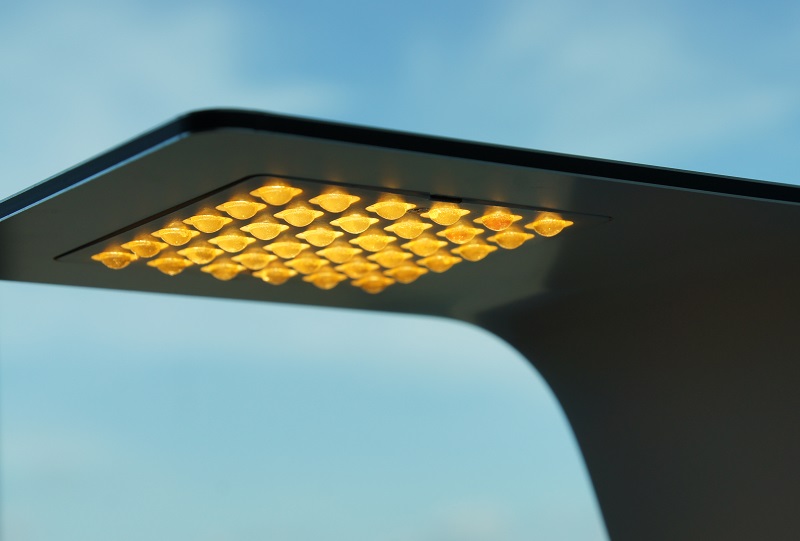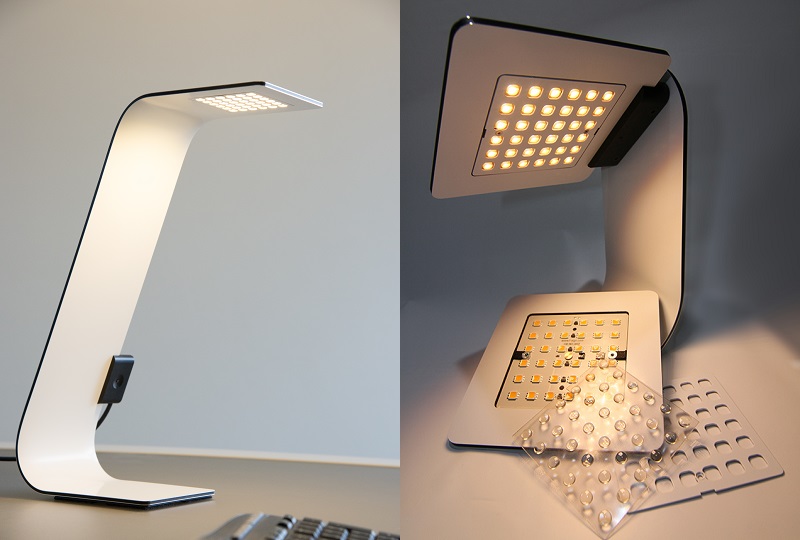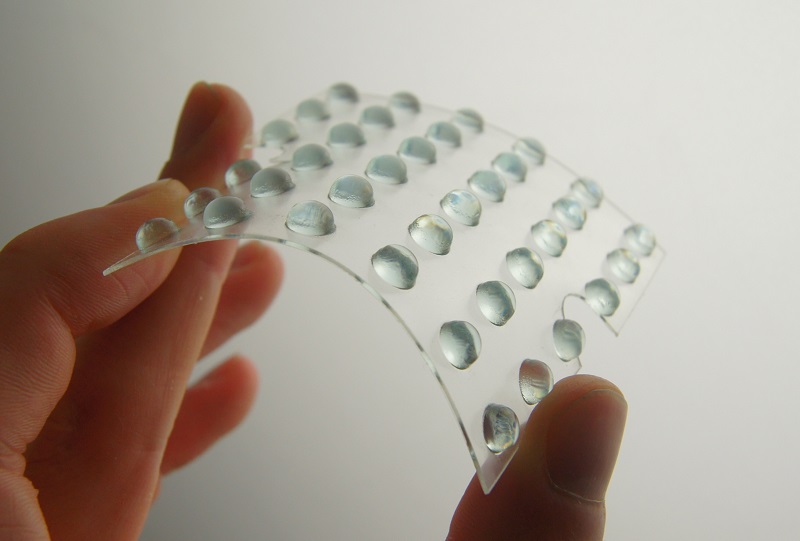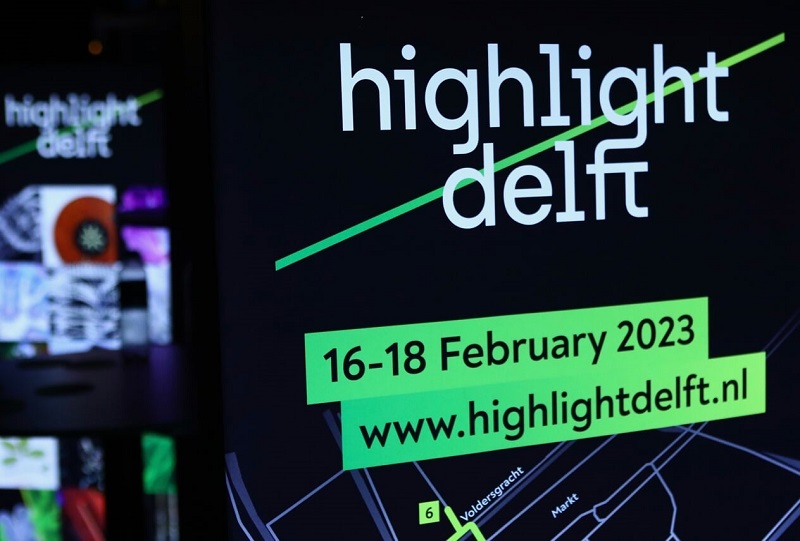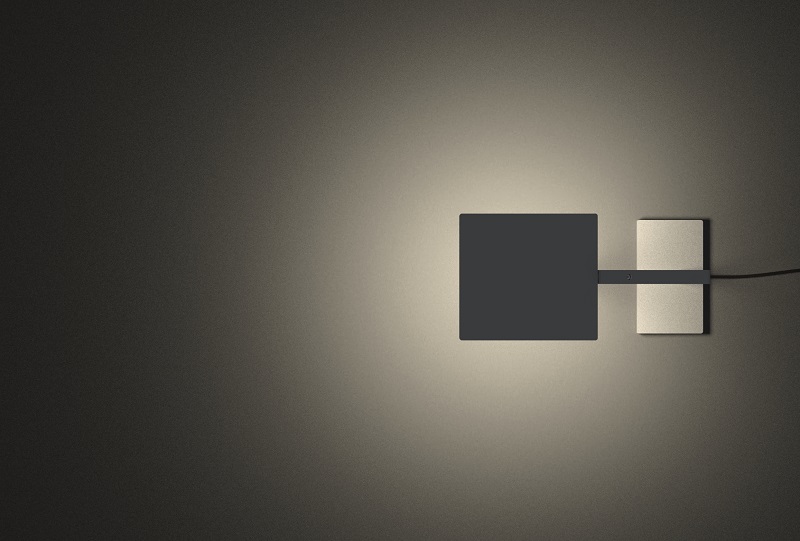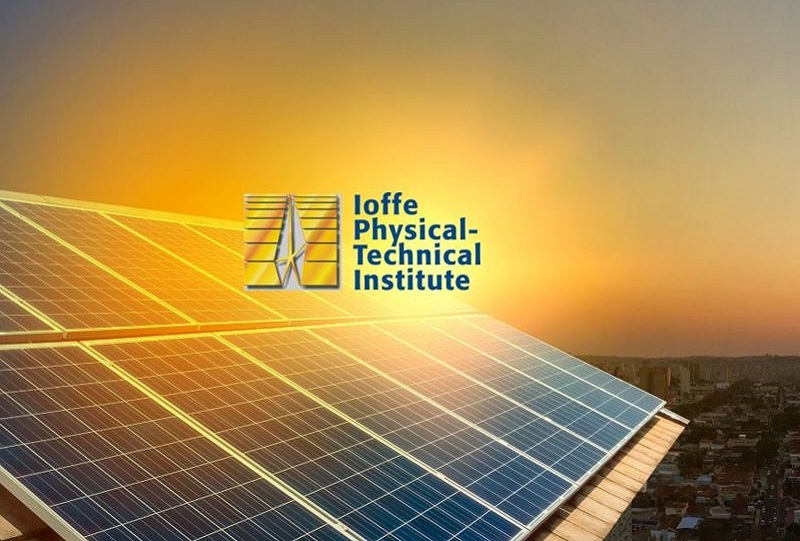Project Description
How the Speed of 3D Printing Saved FSIGN ONE LED Show Inauguration at Light and Building Frankfurt
FSIGN might not be the very largest amongst the OEM manufacturers of lighting equipment, but they are with no doubt a very attractive niche player. They hold a great vision for the use of materials to create something extraordinary and thoughtfully designed. Maybe the best example of their different approach is the FSIGN ONE LED Series: One of the thinnest lighting fixtures ever developed, with only 4mm overall thickness.
FSIGN ONE LED Series
FSIGN ONE is a range of 4 mm ultra-flat lighting series by FSIGN GmbH, based in Schorndorf, Germany. The philosophy of the family owned business is ‘lighting reduced to the essential’. An aluminum composite is used as body for the luminaire, the easy-to-rework materials allow shaping filigree forms without losing stability. In addition, the composites play a major part in the thermal management by transporting the heat to the ambience. Thanks to the large number of product varieties, almost any demand for even unconventional mounting situations can be met.
The Problem
The first two FSIGN ONE LED fixtures as designed for the new series, include a table lamp and a floor lamp version. With their ‘Apple-like’ design, the stylish LED fixtures have a very attractive appearance. Unfortunately, the emitted light was spread too widely, and therefore comes with great light losses at the surface. Another challenge was the amount of glare produced, as the standard 120 degree beam caused a lot of unwanted and disturbing reflections.
The Challenge
FSIGN reached out to us to design a lens array that fits into their existing lighting fixture without doing any concessions to the mechanical design. The array should turn the wide 120° beam angle into a more narrow 60° beam, to even better and smoother illuminate the work area of the desk. At the same time, the lens array should contribute to reduce the overall glare.
Until then, the lens design and fabrication were sourced to another company, but they indicated last-minute they could not deliver within the remaining project time. Initially, they had about two months project time, what is already critical in today’s lens development cycle. However once FSIGN reached out to us, only two mere weeks remained until the launch.
The Project Requirements
• The LED fixture has a 6×6 LED Array set-up, the lens must parallel it in an array of 6×6 lenses;
• The lens array should be easy to mount and easily interchangeable;
• The mounting space between the LED’s and the cover is only 0,5mm;
• The beam angle needs to be adjusted from 120° to 60°;
• The lens should cut-down the glare and meet the basic UGR workplace requirements;
• The lenses need to be readily available (within two weeks), right before the Light and Building trade show starts and the new FSIGN ONE collection is launched;
Project Approach
A custom 6×6 lens array was optically designed, and then 3D printed on just a 500 micron thin film. The overall design and fabrication process took one week, including trial-and-error, and the parts were shipped accordingly to the FSIGN office in Germany. After receipt of the parts, the design was approved and small start-up series were printed and shipped in the second week directly to the tradeshow. After mounting the lenses ‘on-stage’, FSIGN was finally able to show a glare free, 60° beam angle product, at the most important biennial lighting tradeshow in Europe.
After the successful inauguration of the collection featuring the table lamp and floor lamp, they finally introduced a large range of fixtures from the same “FSIGN ONE LED” concept, including wall lights, chandeliers, down lights and suspended luminaires.
Unique Project Features
• Design Complexity: The original supplier had problems in sourcing the optics. As a result of the very limited mounting space, only very limited room was available for mounting the lenses. Because of that, integrating lenses was very challenging at all;
• Fast Deliveries: Timelines for both optics design, prototypes and start-up series were critical due to the upcoming launching event;
• Full-Service Offering: The full design and engineering cycle was sourced by us: From Feasibility Study to Optics Design, Expedite Prototyping and Start-Up Series Fabrication;
• Process Flexibility: Easy product variations on the initial 6*6 masterpiece were created for other ONE LED collection items, including a 4*4 and an 8*8 lens array extension, as well as an asymmetrical lens array version;
• No Upfront Investments: Thanks to the direct ‘CAD-to-Optic’ fabrication process, no waiting times and extraordinary investments for tooling parts and inventory were involved;
• Ordering On Demand: No large amounts of optics need to be ordered to amortize the tool, as there is no tooling involved! Stock is digital, in fact. Custom optics were ordered on demand, in exact quantities;

